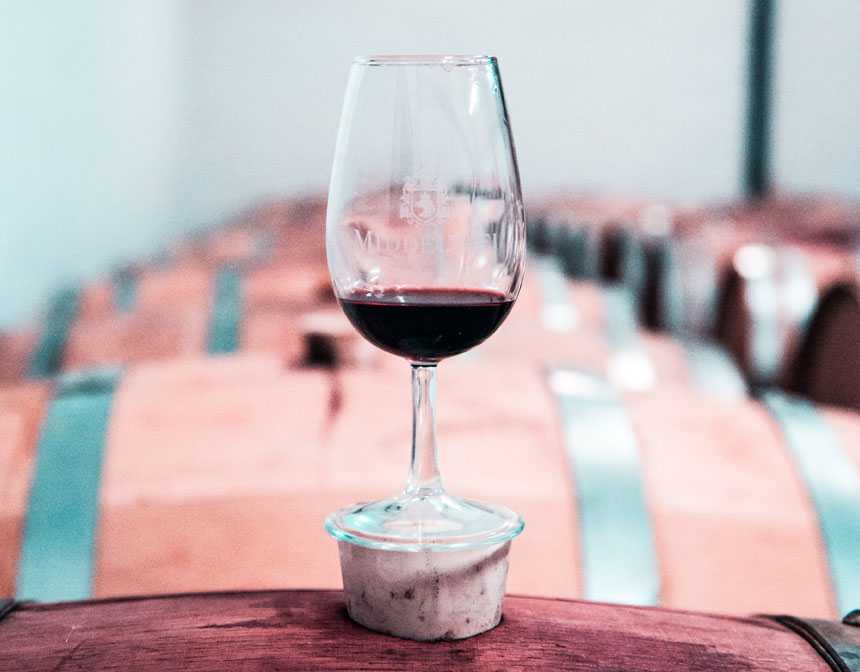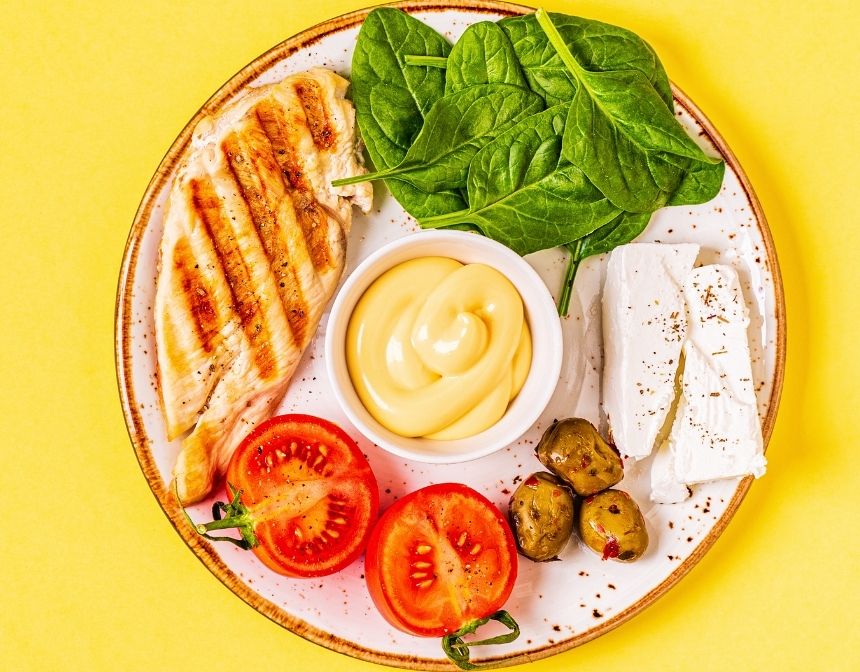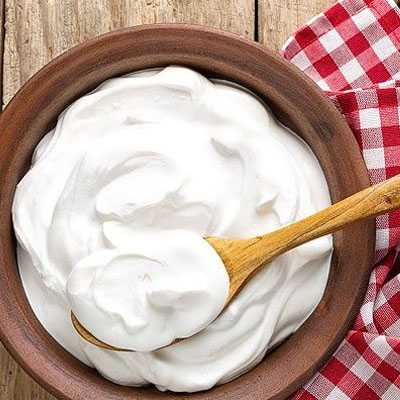Origins of Cheese Blintzes
The origins of Cheese Blintzes whisper through centuries, echoing from the kitchens of Eastern Europe where resourceful cooks transformed humble ingredients into culinary treasures. Blintzes, thin crêpes with endless filling possibilities, have graced tables for generations, serving as a canvas for both savory and sweet creations. But Cheese Blintzes hold a special place in this culinary tapestry. Their golden exteriors, whispering secrets of buttery bliss, encase a creamy ricotta heart, each spoonful a testament to the magic of simplicity done right.
We ditch the dense, heavy crêpes of yore and embrace a lighter, airier version – delicate as lace, yet capable of holding its creamy treasure without yielding. The ricotta filling sings with a touch of sweetness, subtly enhanced by vanilla and lemon zest, a perfect counterpoint to the buttery canvas. And lastly, the sprinkle of cinnamon – a pinch of magic that awakens your senses and paints the landscape of each bite with warm, fragrant hues.
Blintzes vs Crepes
Origin:
- Blintzes: Hailing from Eastern Europe, specifically Jewish culinary traditions, blintzes boast a centuries-old lineage. Traditionally, they're filled with sweet or savory ingredients, most famously cheese or potatoes.
- Crepes: Originating in Brittany, France, crepes have their own rich history. While often enjoyed sweet with toppings like Nutella or fruit, they can also be savory, filled with cheese, ham, or vegetables.
Ingredients:
- Blintzes: Blintze batter typically uses eggs, flour, milk, and water, occasionally with yeast for a fluffier texture. The filling often features ricotta cheese, farmer's cheese, or mashed potatoes.
- Crepes: Traditional crepe batter relies on eggs, flour, milk, and water, occasionally with a touch of butter or sugar. While the filling possibilities are endless, sweet options like chocolate spread and whipped cream are popular.
Cooking Method:
- Blintzes: Unlike crepes, blintzes are usually cooked twice. First, the batter is poured into a pan to form a thin pancake. Then, the filling is added, and the edges are folded to enclose it. Finally, the filled blintz is pan-fried again until golden brown and crispy.
- Crepes: Traditional crepes are cooked only once. Batter is poured into a hot pan and swirled to form a thin circle. Once cooked through, the crepe is immediately filled and folded or rolled.
Texture:
- Blintzes: Compared to crepes, blintzes tend to be thicker and have a slightly denser texture. The double cooking process creates a crispy exterior and a fluffy interior.
- Crepes: Traditionally, crepes are thinner and more delicate than blintzes. They have a soft, almost papery texture that's perfect for wrapping around various fillings.
Flavor:
- Blintzes: Due to their often savory fillings like cheese or potatoes, blintzes tend to have a richer, more substantial flavor profile.
- Crepes: Generally known for their sweet fillings, crepes offer a lighter, brighter flavor profile. But don't underestimate their savory potential!
Ultimately, both blintzes and crepes are delightful treats, each with its own unique character and culinary heritage. Which one you prefer comes down to personal taste and the occasion! So, whether you crave a crispy, cheesy blintz or a delicate, fruit-filled crepe, embrace the delicious diversity of these pancake cousins and explore the world of thin, culinary magic!
How To Store Cheese Blintzes?
Cheese blintzes are versatile delicacies you can enjoy fresh out of the pan or save for later! Here's how to store them depending on your needs:
Whole Blintzes:
Room Temperature: Let your freshly cooked blintzes cool completely on a wire rack, about 30 minutes. Then, stack them carefully in an airtight container with layers of parchment paper between each blintz to prevent sticking. They'll stay fresh for up to 2 days at room temperature.
Refrigerator: For longer storage, transfer the cooled blintzes to an airtight container or wrap them individually in plastic wrap. They'll keep well in the fridge for up to 5 days.
Individual Blintzes:
Freeze: If you want to enjoy your blintzes later, consider freezing them individually. Let them cool completely, then wrap each blintz tightly in plastic wrap and place them in a freezer-safe bag or container. Frozen blintzes will stay good for up to 3 months.
Reheating:
Oven: When ready to enjoy your blintzes, preheat your oven to 350 °F (175 °C). If frozen, let them thaw in the refrigerator overnight. Place the blintzes on a baking sheet and bake for 10-15 minutes, or until warmed through and crispy.
Pan: For a quicker option, heat a tablespoon of butter in a frying pan over medium heat. Pan-fry the blintzes for 2-3 minutes per side, or until golden brown and warmed through.
Tips:
- To refresh the crispy texture of reheated blintzes, brush them with a little melted butter before heating.
- You can also use a toaster oven to reheat individual blintzes.
- Serve your reheated blintzes with a dollop of sour cream, fruit compote, or maple syrup for an extra treat.
Remember, even when reheated, these golden cheese blintzes pack a flavor punch and retain their delightful, crispy-creamy texture. So, go forth, cook with confidence, and store your homemade blintzes with anticipation, knowing that every bite holds the promise of pure culinary bliss!












































